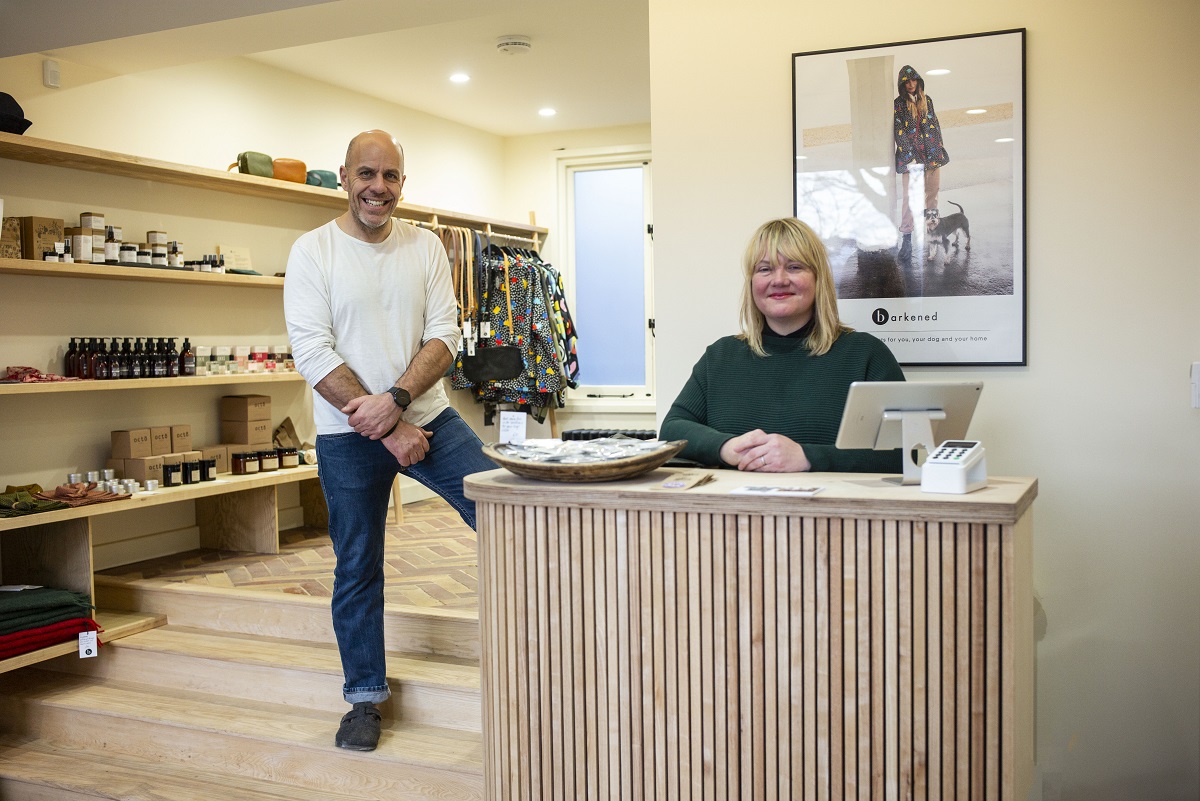The key lesson from this case study is the increased impact through working in partnership to tackle the challenge of vacancy, rather than in silos and with individual approaches.
Introduction
No Use Empty is the brand name for a Kent County Council (KCC) project that distributes loans to property freeholders in order to bring the properties back into use. KCC found that having this brand name broke down barriers to meeting landlords to discuss how vacancy could be tackled. The scheme evolved from the need for a coordinated approach to tackle the problem of vacancy across Kent, as well as the need to help with regeneration, to stop anti-social behaviour associated with vacant properties, and to attract inward investment.
Powers used
- Powers of investment.
- Civic leadership.
The challenge
In 2004, KCC commissioned research into how many empty properties there were across Kent, which concluded that at the time there were 9000 empty residential properties and many vacant retail units. There were also discussions held between KCC and the district councils (who are the housing authorities) about the need to come together as a partnership to tackle and address vacancy.
At the time, each district council dealt with vacancy in different ways; some councils employed empty property officers, some councils employed environment officers for this task, and some councils did not have any resources allocated to tackle vacancy. Through discussion it became clear that a different approach was needed in order to have a strong impact.
The solution
KCC led a coordinated approach that looked for external funding to facilitate loans that could be offered to individuals in order to bring their property back into use. Initially the scheme focused on residential properties, but later began to focus on commercial properties in coastal areas. Alongside the initial research into vacancy across Kent, KCC commissioned a private consultant who specialises in property, who was able to run courses for empty property officers on what powers existed for local district councils to tackle vacancy.
The total package of funding that KCC wanted to achieve in order to start No Use Empty was £5 million. Part of this package was a government incentive for councils to receive a reward grant if they brought back empty residential properties into use over a three year period. Over this three year period the target was exceeded, and over 450 properties were brought back into use and the award grant was achieved.
KCC then commissioned further research into vacancy to ensure the scheme was supported by data. The No Use Empty scheme then went county-wide in 2009. The scheme is primarily directed by empty property officers in the local areas. The officers engage with the owners of vacant property, and through discussions will introduce the No Use Empty scheme and ability to access the loans.
Since 2018, No Use Empty has introduced loans to bring empty commercial property in coastal areas back into use through the same loan system. It received funding from the Growing Places Fund administered by the South East Local Enterprise Partnership (SELEP) in order to carry out a small number of projects, match funded by KCC. A good example of this work to revive empty shops is ‘Barkened’, a lifestyle shop in Deal. The owners received an interest free loan (re-payable after three years) from No Use Empty, as well as a £10,000 grant from Dover District Council’s Town Centre Business Grant Scheme in order to carry out a complete renovation and restoration of a heritage building in the conservation area of Deal, to ensure it stands for many years to come retaining its character as a shop with living accommodation, and to boost the success of the high street.
No Use Empty work only with the freeholder for their commercial schemes. The contract used is for the loan only, with an appraisal process to look at the cost of the necessary work to the property. The freeholder will carry out the work for that cost, and once the work is complete leases are created for new tenants. The freeholder then needs the consent of No Use Empty for the lease to be released.
The impact
As well as a reduction in vacancy of both residential and commercial property, observationally the council have seen a reduction in anti-social behaviour and high street regeneration in coastal towns such as Deal. Further to this, the loans mean the money is spent in the local economy and all loans are recyclable. This gives the opportunity for job creation. The service No Use Empty provides generates an uplift in council tax and business rates receipts, which has wider commercial benefits to the councils involved.
KCC have also been able to support district councils applying for Future High Street Funds grants, through the No Use Empty scheme. In order to receive funding, the district council needed the support of the county council. Dover council, Thanet council and Medway council have all received Future High Street Fund support partly because they were able to easily show the support of KCC by highlighting the No Use Empty scheme and partnership approach.
Lessons learned
The key lesson from this case study is the increased impact through working in partnership to tackle the challenge of vacancy, rather than in silos and with individual approaches. The scheme is diverse enough for district councils to continue to concentrate on their on local priorities, but broad enough that there is a common goal and a common way of working towards it.

